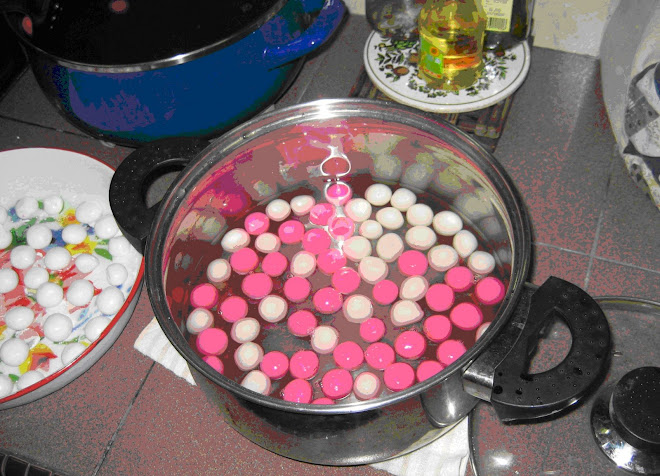
European Italian pasta/pizza bar Vapiano has officially opened its doors in Brisbane’s revamped Albert Lane. Australia is probably as far flung a venue as it can get, the chain originates from Hamburg. Germany. Its concept stores are found across Europe, the USA and in Mexico, The United Arab Emirates and Korea. Will Cooke, local director of Vapiano is a courageous man with much confidence in Brisbane. Why courageous? Because he’s chosen Brisbane over Sydney to open the first Vapiano franchise. Red Agency’s Marissa Tree extended an invite to me a couple of weeks ago and I was keen to see what Vapiano has in store for Brisbane. It’s set up right at the end of the Albert Lane development – it’s big, bold and spacious. If you thought Melbourne alleyway, you’d be right; but this space is far more spacious than initially meets the eye. There are two levels of beech-coloured wood fitouts, smart and funky seats and nooks for casual lounging and bar hopping. There is a bar on each level with a choice of communal and individual tables for dining. The space doesn’t feel too contrived and the use of natural elements like the twig ball of lights, marble condiment holders and the fact there is a lot of natural light streaming into the space makes this a very pleasant place to eat and linger in. The décor is restrained and it’s nice that an olive tree sits, rather naturally in the middle of the room on the first level.
The terracotta pots of sweet basil and rosemary on each table make this a very homely and casual experience. Diners are encouraged to pick from the herb pots to add to their meals. There is chilli oil, balsamic vinegar, olive oil, salt and pepper on all tables so it’s very DIY. I think I’d like to see marjoram, Italian parsley and thyme being added to the family of herbs. The coolest part of the space for me, is the nursery of herbs in the elevated section of the first level – it feels a bit like a greenhouse and provides jaded city shoppers a fresh alternative to a walk in the Botanic Gardens.
You may be struck by the amount of people working behind the counters (I was!)– all staff members were going gung-ho at the same time – busy flipping pizza bases, running into each other, cooking pasta and making salads. There were the obvious first day jitters but the staff seem to have relaxed into their new roles on second visit.
The chip card system takes a little getting used to but if it works everywhere else around the world, it will work here too. Vapiano’s helpful staff are more than happy to explain how the system works. Order at either the pasta/pizza counters and then swipe your card –pay at the end with minimal fuss of splitting bills, etc. Vapiano may wear the fast food concept badge but Will says that the aim is to use locally-sourced ingredients. Cheeses come from far north Queensland, olive oils sourced from the South Burnett region and other produce from the South East corner. The philosophy behind the brand is admirable and let’s hope they keep it that way. Pastas and pizzas range from $13 to $19, with salads $7 and $13. Order your dish and the food is cooked before you.
Drink prices are kept reasonably low as well. Vapiano fills a bit of a gap in the market in Brisbane’s fast food scene – it provides accessible pricing for good quality food. It’s trading hours are also an attractive feature – it’s open 11am–11pm seven days a week. No longer will you have to grab a greasy burger or resort to starvation the next time you’re stuck in the city at night after a gig. The coffees are decently priced and are consistently made too, which is always a bonus in the heart of Queen Street.




